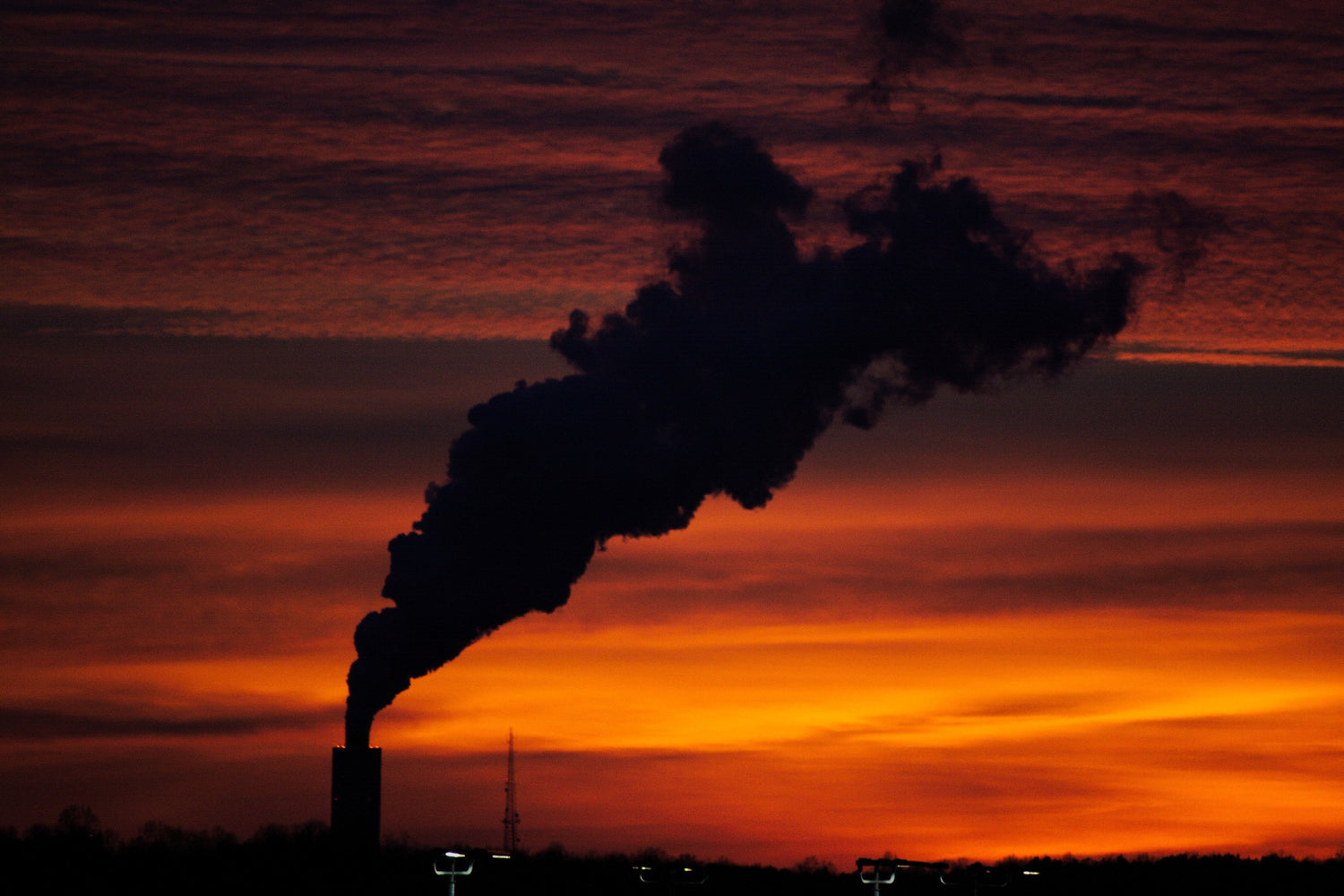One of the things I really love about working with fibres and textiles is the variety of wonderful materials I am able to get my hands on: wool, alpaca, silk, bamboo, milk, pearl, the list goes on. Natural fibres fascinate me and I've always seen viscose and rayon as natural and biodegradable. They are plant-based and I thought they were more sustainable and have less impact on the environment than cotton or acrylic.
One of my customers commented on a post I put on Facebook recently. She'd recently read a book called Fake Silk that shocked her, and she wanted me to know about it. I had to confess ignorance. I had done some research into the sustainability of the fibres that I use, such as bamboo and other cellulose-based materials.
My conclusions were that viscose had less environmental impact than cotton, and was generally more sustainable, coming from renewable sources.
After reading Fake Silk and investigating further, I realised I should have dug deeper. I did not know quite how bad the pollution from viscose processing plans actually is in Southeast Asia, India and China, where 83% of viscose is produced, or the effect that this has on people working in and living near these factories.
Viscose production
Viscose and Rayon production uses a chemical called carbon disulfide, which is used to dissolve the wood pulp before the whole solution is extruded like spaghetti into sulphuric acid baths, creating the viscose threads. Viscose began its ascendence in the mid 19th Century. The effects of exposure to carbon disulfide fumes have been documented repeatedly since then. The findings have been ignored or repressed by the viscose producing companies.
Carbon disulfide has been linked to heart disease, fertility problems, serious eye damage (keratitis), psychosis, increased risk of suicide or violent behaviour and more. It's seriously life-limiting, life-changing stuff. The safe level of carbon disulfide exposure is extremely low, requiring significant health and safety measures to be put in place. The requirements are so stringent, viscose production in the US and UK has ceased altogether.
Drinking water in communities around the factories is unsafe. The air that people breathe is harming them every single day because of our insatiable need for cheap fashion and household goods. Anyone who watched Stacey Dooley's expose on fast fashion will have seen the horrific impact that viscose factories are having on communities in Indonesia. There is simply no incentive for the clothing companies or the government to insist on the regulation of factory conditions while the money is pouring in.
If you are interested in learning more in detail, this fantastic and extremely well-written report from Changing Markets is a must-read. It's a gut-wrenching wake-up call to the reality of the viscose industry.
My viscose supply chain
The company that supplies the viscose that I use has assured me that they are produced on a closed loop system. These systems feed the chemicals and water used in production back into the factory process. While this is reassuring, I haven't seen any proof of this in terms of documentation or supply chain transparency. I've given this a lot of thought over several months. My conscience tells me I can't continue to use these fibres until I have this certification in my hands.How does this affect Cat & Sparrow UK?
As a result, I'll be using only viscose fibres that I know are sustainably and responsibly produced - Tencel and Seacell.
There are so many responsibly produced natural fibres out there that really, this doesn't limit my options. It just means I can explore more natural fibres, which is really exciting. I hope you'll continue on this journey of exploration with me!




